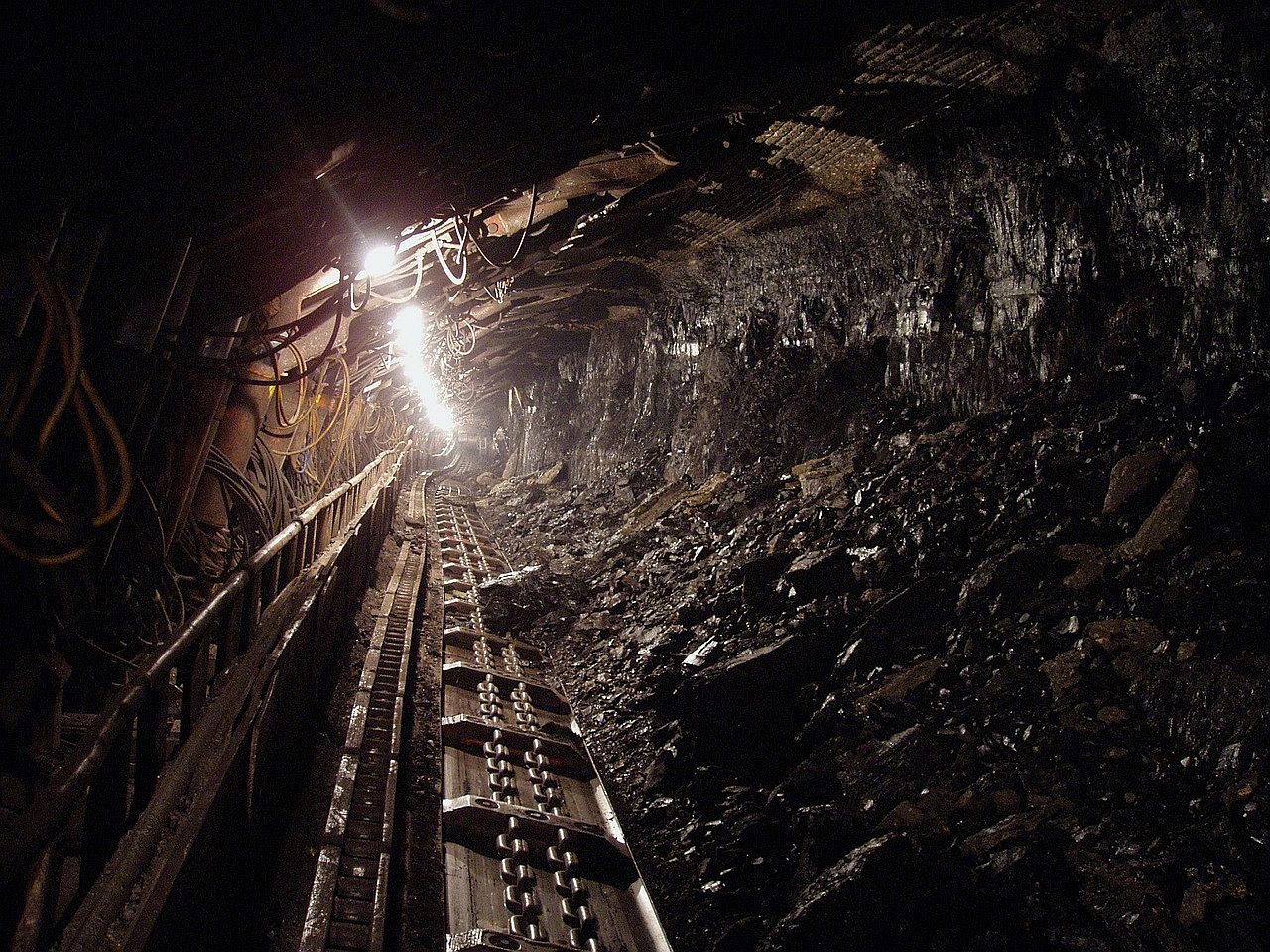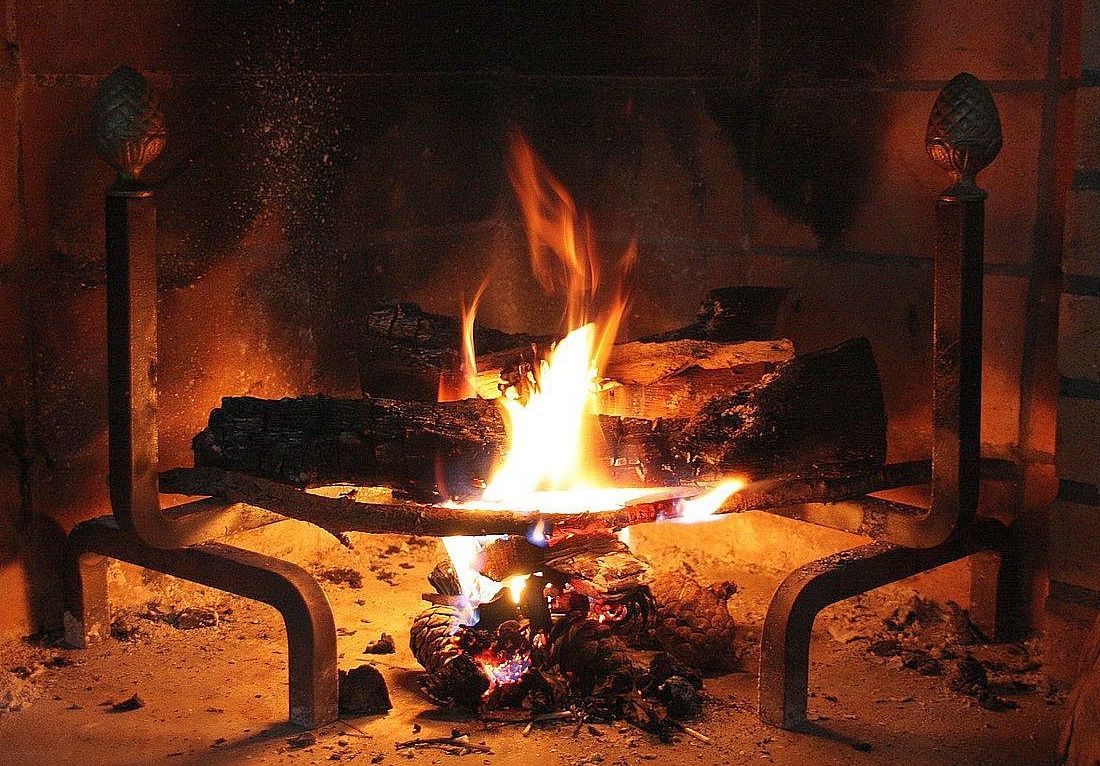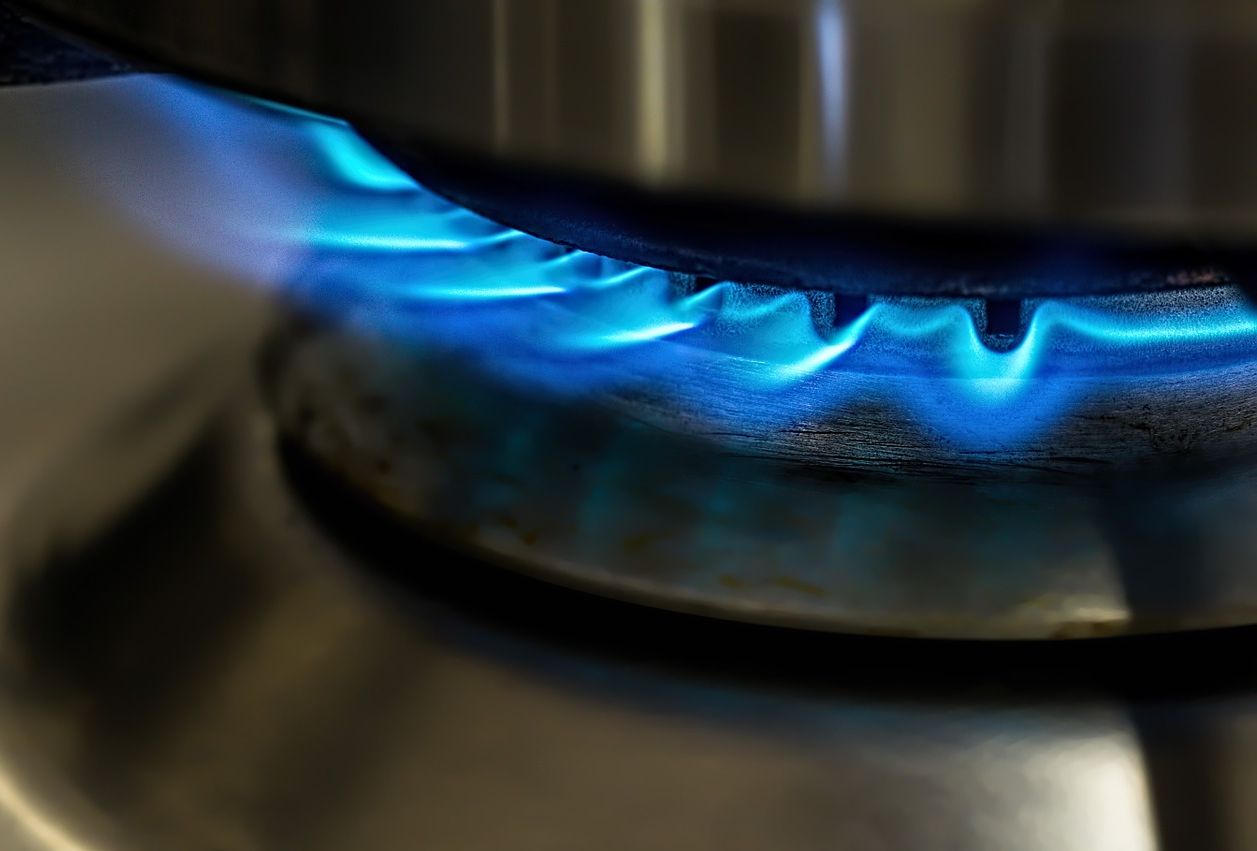
Heating one’s home is important to life and comfort. However, as in other areas of life, there are issues to consider. Burning fuel for heat releases carbon dioxide greenhouse gas.
But now, let’s flip that. Let’s consider it from the “Devil’s perspective.” Consider the production of destructive carbon dioxide as the intended accomplishment, with the release of heat as a side effect.
Fuel of Choice
The fuel we choose is based in part on cost in dollars and cents. Some of our choices are heating oil, wood, liquefied petroleum gas (LPG), and coal. In terms of cost, how do these compare? Back to the flip, how efficient are these fuels in maximizing carbon dioxide greenhouse gas production? For simplicity’s sake, we will make a few assumptions. Then we will do the chemistry. Then we will do the math.
If you are not “into” chemistry or math you can jump down to the bottom of the page to the subheading Evaluation.
Assumptions
We will assume the coal converts completely to the dioxide, with no monoxide. Wood will be considered as pure cellulose, a quite good approximation. The unit chemical formula for cellulose is (C6H10O5).
Liquefied petroleum is generally a mixture of condensed propane and butane gases. But they are so similar, we will choose only one component, propane (C3H8) for our calculations.
The Chemistry
Wood (cellulose) burns according to the equation,
2 C6H10O45 + 11 O2 → 6 CO2↑ +10 H2O↑ + heat
LPG (propane) burns according to the equation,
2 C3H8 + 10 O2 → 6 CO2↑ + 8 H2O↑ + heat
Coal burns according to the equation,
C + O2 → CO2↑
We won’t consider the chemistry of heating oil. It resembles that of LPG moderately closely.
The Math
In order to make a comparison of the various fuels, a standard quantity of each needs to be agreed upon. We choose to use one kilogram of each fuel. Energy is given in kilocalories. The volume of carbon dioxide greenhouse gas each burning produces is given in liters.
Moles CO2 from Coal
Let’s begin with the coal or carbon. The atomic weight of the element carbon (which is the same as the molecular weight in the case of coal) is 12. One kilogram of coal thus contains 1000/12 = 83 atomic weights (molecular weights or “moles”) of carbon.
This means that, since one carbon plus one molecule of oxygen produces one molecule of carbon dioxide, the result of burning 83 molecular weights of carbon is the production of 83 molecular weights of carbon dioxide greenhouse gas. How many liters is that? At room temperature, a gas occupies 22.4 liters. Multiplying that time 83 gives 1859 liters. Burning 1 kilogram of coal produces 1859 liters of carbon dioxide.

Moles CO₂ from Wood
The molecular weight of cellulose, if it is viewed in terms of one unit of the total structure, namely C6H10O5, is 242 grams. This means one kilogram of cellulose amounts to 4.1 moles. Since burning 2 moles of cellulose produces 8 moles of carbon dioxide, burning 4.1 moles of cellulose produces 16.4 moles of carbon dioxide. Burning 1 kilogram of wood produces 367 liters of carbon dioxide.

Moles CO₂ from LPG
The propane component of LPG has a molecular weight of 44 grams. One kilogram of the gas thus amounts to 22.7 moles. 2 moles of butane burn to produce 6 moles of carbon dioxide. One kilogram of propane thus burns to produce 68.1 moles of carbon dioxide, which amounts to 1525 liters. Burning 1 kilogram of LPG produces about 1525 liters of carbon dioxide (the actual figure, taking the presence of butane into effect, is less).

Kilocalories per Kilogram Coal
The Engineering Toolbox reference informs us that 1 ton of coal produces 28,000,000 BTUs of heat. By simple conversions, we get,
28,000,000 BTU x 0.252 kilocalories / BTU = 7,100,000 kilocalories
1 ton = 2000 lbs. x 454 grams per lb. / 1000 grams per kilogram = 908 kilograms
Therefore, 7,100,000 kilocalories / 908 kilograms = ?
Answer: 7,800 kilocalories per kilogram of coal
Kilocalories per Kilogram Wood
One pound of wood generates 8,000 BTUs. The conversion is calculated,
8,000 BTUs per lb. x 0.252 kilocalories per BTU / 0.454 kilograms per pound = ?
Answer: 915 kilocalories per kilogram of wood
Kilocalories per Kilogram LPG
LPG produces 91,300 BTUs per gallon burned. Its density is approximately 0.55 grams per milliliter. A gallon = 3.8 liters. The weight of a gallon of LPG is approximately,
3.8 liters x 1000 milliliters per liter x 0.55 grams per milliliter = 2,100 grams per gallon LPG = 2.1 kilograms LPG
91,300 BTUs per gallon / 2.1 kilograms per gallon LPG = 43,500 BTUs per kilogram LPG
43,500 BTUs per kilogram LPG x 0.252 kilocalories per BTU = ?
Answer: 11,000 kilocalories per kilogram of LPG

Kilocalories per Kilogram Heating Oil
We recall there are 139,000 BTUs in 8.2 lbs. of heating oil.
(139,000 BTU / 8.2 lbs.) x 0.252 kilocalories per BTU x 0.454 kilograms per pound = ?
Answer: 1,940 kilocalories per kilogram of heating oil
Kilocalories Heat per Liter Carbon Dioxide All Fuels
Heating Oil:
139 pounds of CO2 are released for every 1,000,000 BTU heat produced. We first convert the BTUs to kilocalories. Then we convert the pounds to liters. The results will be expressed as kilocalories heat per liter carbon dioxide.
252,000 kilocalories / 32,100 liters CO2 = ?
Answer: 7.9 kilocalories heat / liter CO2
LPG:
The numbers are essentially identical for LPG (propane).
Answer: 7.9 kilocalories heat / liter CO2
Wood:
A German web site concerned with carbon dioxide greenhouse gase emission (see references) tells us that wood produces 110 kilograms CO2 per gigajoule of energy produced. Unfortunately, this appears intended to refer to an industrial site where electricity is generated from wood. Still, it should give us an approximate answer.
There are 239,000 kilocalories in 1 gigajoule.
110 kilograms CO2 = 110,000 grams CO2
(110,000 grams CO2 / 44 grams per mole) = 2,500 moles CO2
2,500 moles CO2 x 22.4 liters per mole = 56,000 liters CO2
239,000 kilocalories / 56,000 liters = ?
Answer: 4.3 kilocalories heat / liter CO2
Coal (anthracite):
228.6 pounds of CO2 are released for every 1,000,000 BTUs of heat produced.
Skipping some steps, we get, 252,000 kilocalories / 52,800 liters CO2 = ?
Answer: 4.8 kilocalories heat / liter CO2
Carbon Dioxide Greenhouse Gas – An Evaluation
Energy produced per kilogram of fuel, listed from best to worst is: LPG, coal, heating oil, and wood.
The energy produced per liter of carbon dioxide greenhouse gas, from most to least, is: LPG and heating oil (tied), coal, and (believe it or not) wood.
Yes, wood is worst of all!
Note: You might also enjoy Stemonitis Chocolate Brown Slime Mold – A Health Threat
References:
- North American Combustion Handbook
- U.S. Energy Information Administration: Frequently Asked Questions
- Engineering Toolbox Com (BTUs per unit of fuel)
- Volker Quaschning (Data for burning wood)
Note: if any errors are spotted, please do not fail to notify the author, who will make appropriate adjustments.

We used coal in 1961 to heat our home in Mitchell, Indiana. I always thought coal burning was not very clean, but then I was mainly thinking about the process of coal mining and how black lung was a common thing among coal miners back in the day.
Hi, Anthony! One concern about coal is sulfur. Traces of sulfur oxidize on burning to sulfur oxides, which, in the presence of moisture, produce sulfur acids, such as sulfuric and sulfurous.
Of course, while wood may produce more carbon dioxide per unit, it is not a fossil fuel and can be replaced by growing more trees.
True, true. But… 1. Who will plant them, and 2. More trees produce more carbon dioxide.
Who plants them? As now, tree farmers. Aren’t all plants, photosynthesizing, net consumers of CO2?
Trees do consume some carbon dioxide. On the other hand, consider the difference between a tree that has been burned by fuel and one that has died, rotted, and returned to the earth. In the first case, much -most- of its carbon has been converted to CO2. In the latter case, where is much of the carbon? Is it not in the soil, rather than in the form of CO2? Still living trees are not absorbing the CO2 from burning that wood.